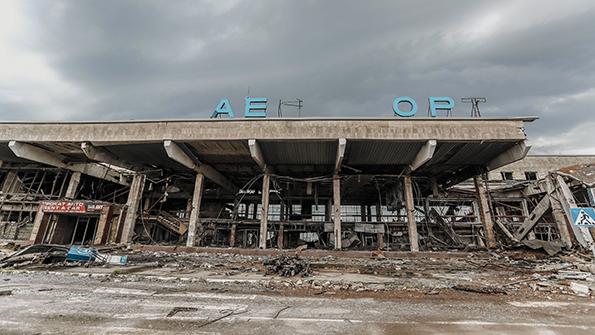Is A Plan To Restore Airport And Airline Operations In Ukraine Viable?

The Kherson International Airport terminal building lies in ruins.
Credit: Sipa USA/Alamy Live News
The Russian invasion of Ukraine in February 2022 has essentially closed airspace over Ukraine to commercial flights and devastated commercial air transport activity. Perhaps optimistically, Ukraine is starting to plan for a return of airline operations. But that will require massive investment in...
Is A Plan To Restore Airport And Airline Operations In Ukraine Viable? is part of our Air Transport World subscription.
Subscribe now to read this content, plus receive full coverage of what's next in air transport from the experts trusted by the global air transport community. Every article focuses on what airline management professionals need to run their airline, including crucial analysis and insights in financing, airframes and engines, environmental and regulatory pressures and much more.
Already a subscriber to ATW or an AWIN customer? Log in with your existing email and password.





